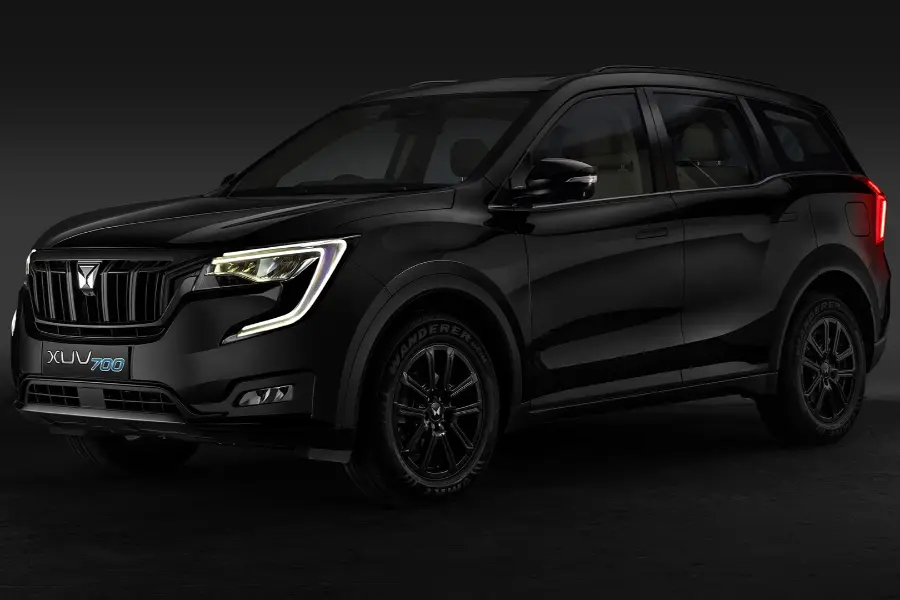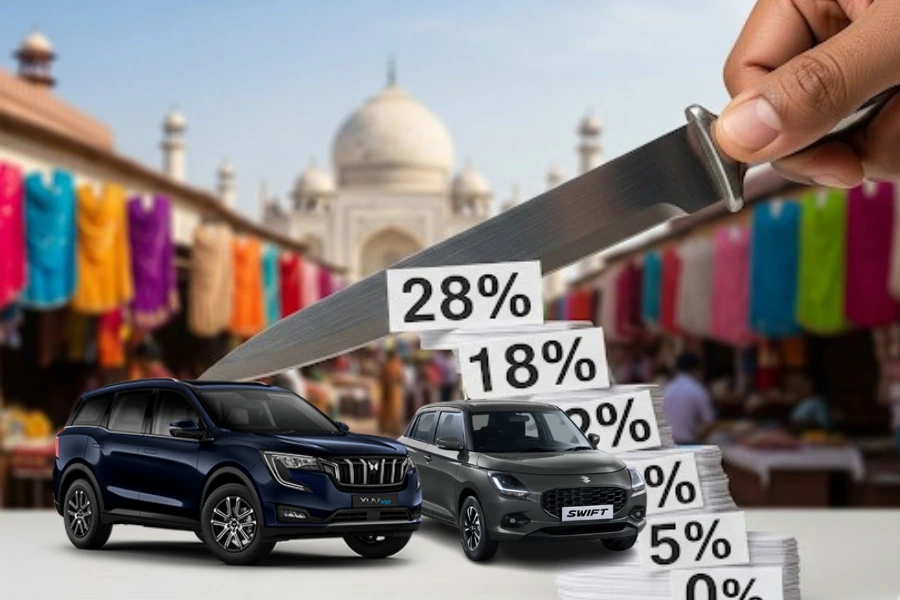The Goods and Services Tax (GST) Council has approved a sweeping revision of how automobiles are taxed in India. The changes, which come into force on September 22, 2025, the first day of Navaratri are expected to alter car, bike, and commercial vehicle prices across the board. The new framework simplifies the rate structure, trims excess levies, and creates clear winners and losers depending on vehicle size and engine capacity.
Relief for Small Cars and Everyday Motorcycles
Budget-conscious buyers stand to gain the most. Compact petrol, CNG, and LPG cars with engines under 1,200 cc, and diesel cars up to 1,500 cc in capacity, so long as they stay under 4 metres in length, will now fall into the 18% GST slab, down from 28%.

This directly benefits mainstream models such as the Maruti Swift, WagonR, Hyundai i20, Tata Altroz, Renault Kwid, and Hyundai Exter, all of which are expected to see a price drop. The move also covers motorcycles up to 350 cc, including high-volume names like the Hero Splendor, Honda Shine, Bajaj Pulsar, TVS Apache, and Royal Enfield’s Classic and Hunter 350.

Commercial Vehicles, Hybrids, and EVs Get a Boost
The GST cut isn’t limited to passenger cars. Three-wheelers, trucks, buses, and ambulances also shift to the 18% slab, lowering acquisition costs for fleet operators and public service vehicles. Smaller hybrids enjoy reduced taxation as well, while electric vehicles continue at the lowest 5% rate, keeping them the most affordable in terms of tax incidence.

Bigger Cars and Premium Bikes Face Higher Rates
The picture changes for larger vehicles. Mid-size and full-size cars defined as petrols with engines larger than 1,200 cc, diesels beyond 1,500 cc, or any model over 4 metres in length, will now be taxed at a flat 40% rate.

High-capacity motorcycles above 350 cc, including the Royal Enfield Himalayan 450, KTM Duke 390, Harley-Davidson X440, and Triumph Speed 400, will also move into this bracket, making them costlier.

A Simplified but Stricter Top-End Taxation
Currently, bigger cars are subject to 28% GST plus a compensation cess of 17–22%, pushing the effective burden to nearly 50%. The new flat 40% levy removes the cess altogether, streamlining the system while still ensuring higher-end buyers contribute more.
The Bottom Line
With this shake-up, entry-level cars and motorcycles will be significantly more affordable, a win for first-time buyers and families. Commercial operators and EV adopters also benefit, reinforcing the government’s push for clean and shared mobility.
On the other hand, larger motorcycles will become more expensive, potentially reshaping demand in the top end of the market.
In short, the GST realignment resets the balance encouraging mass-market mobility while tightening the reins on luxury and performance segments.

